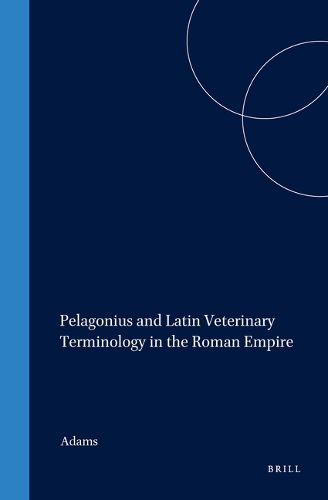Readings Newsletter
Become a Readings Member to make your shopping experience even easier.
Sign in or sign up for free!
You’re not far away from qualifying for FREE standard shipping within Australia
You’ve qualified for FREE standard shipping within Australia
The cart is loading…






This work seeks to elucidate the pathological and anatomical terminology of Latin veterinary treatises and the general linguistic features of Pelagonius as a technical writer. Veterinary practice in antiquity cannot be related directly to that of the modern world. In antiquity a man could claim expertise in horse medicine without ever passing an examination and owners often treated their own animals. The distinction between professional and layman was thus blurred, and equally the distinction between scientific terminology and laymen’s terminology was not as clear-cut as it is today. The first part of the book is devoted to some of the non-linguistic factors which influenced the terminology in which horse diseases and their treatment were described.
$9.00 standard shipping within Australia
FREE standard shipping within Australia for orders over $100.00
Express & International shipping calculated at checkout
This work seeks to elucidate the pathological and anatomical terminology of Latin veterinary treatises and the general linguistic features of Pelagonius as a technical writer. Veterinary practice in antiquity cannot be related directly to that of the modern world. In antiquity a man could claim expertise in horse medicine without ever passing an examination and owners often treated their own animals. The distinction between professional and layman was thus blurred, and equally the distinction between scientific terminology and laymen’s terminology was not as clear-cut as it is today. The first part of the book is devoted to some of the non-linguistic factors which influenced the terminology in which horse diseases and their treatment were described.